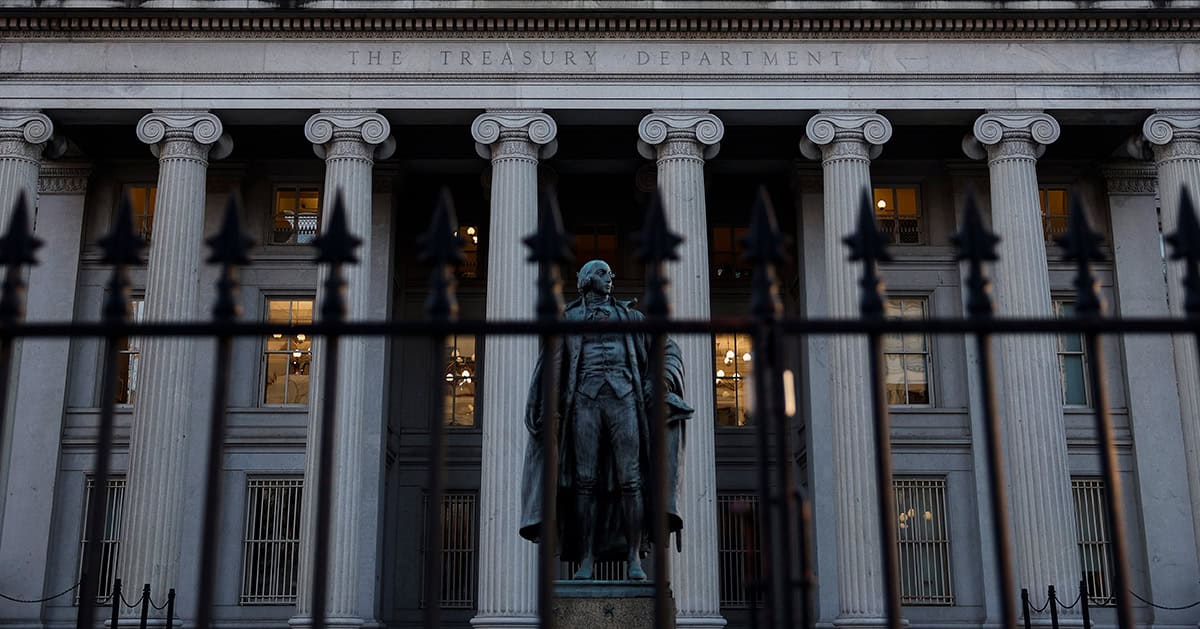Statement on CBO’s 2016 Long-Term Budget Outlook

NEW YORK — Today, the Congressional Budget Office (CBO) released its 2016 Long-Term Budget Outlook, which projects that federal debt will climb to 141 percent of GDP within 30 years — exceeding the highest level of debt ever recorded at the end of World War II by a large margin. CBO warned in its report that the prospect of this rising debt “poses substantial risks for the nation and presents policymakers with significant challenges.”
Michael A. Peterson, President and CEO of the Peter G. Peterson Foundation, commented today following the release:
“CBO’s latest report confirms that America’s economic future is threatened by its fiscal outlook. Deficits have already begun to grow again, and they will once again reach more than $1 trillion per year by 2022. Even worse, our long-term fiscal path remains dangerously unsustainable, as our debt is projected to reach a staggering 141 percent of GDP over the next 30 years.
“The national debt is an issue that should be front and center in this campaign. At $19 trillion and growing, the national debt threatens our fiscal, economic and national security. On our current path, rising debt will crowd out important private and public investments, slow the growth of productivity and wages, threaten the safety net and diminish our role in the world.
“The 2016 campaign is a perfect opportunity for candidates at all levels to propose and debate solutions to our nation’s long-term fiscal and economic challenges. Many solutions exist, and voters nationwide are calling on candidates to put forward responsible plans to secure America’s future. Our global standing, economic strength and ability to confront our greatest threats tomorrow are dependent on our leaders today.”
CBO added in its report that the risks of a large and growing federal debt include:
- Reduced national savings and income
- Increased federal borrowing costs, putting pressure on other budget priorities
- Limited ability of lawmakers to respond to unforeseen events
- Increased likelihood of a fiscal crisis
Read our analysis of the CBO’s 2016 Long-Term Budget Outlook.
Further Reading
Lifting the Debt Ceiling Has Been Paired with Budget Reform in the Past
Earlier this year, the United States once again hit its debt ceiling, which is currently capped at $31.4 trillion.
U.S. Healthcare System Ranks Seventh Worldwide — Innovative but Fiscally Unsustainable
Spending on healthcare in the United States has far outpaced other major healthcare systems without yielding better outcomes.
Infographic: How Are Capital Gains Taxed?
The capital gains tax, which is a levy on said profits, is categorized as part of individual income tax revenues, but it is administered at a lower rate than ordinary income.


